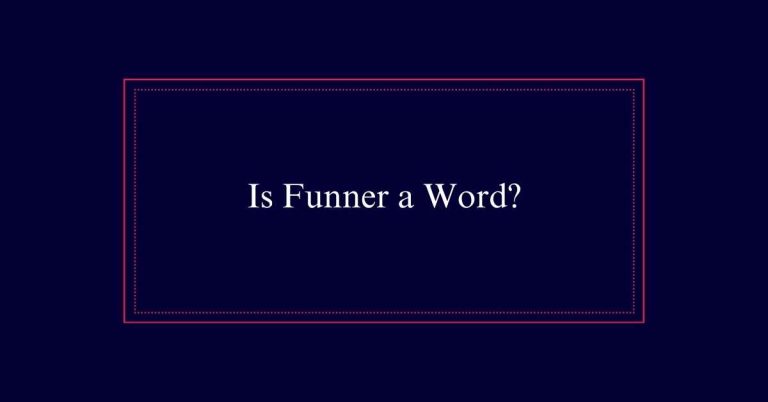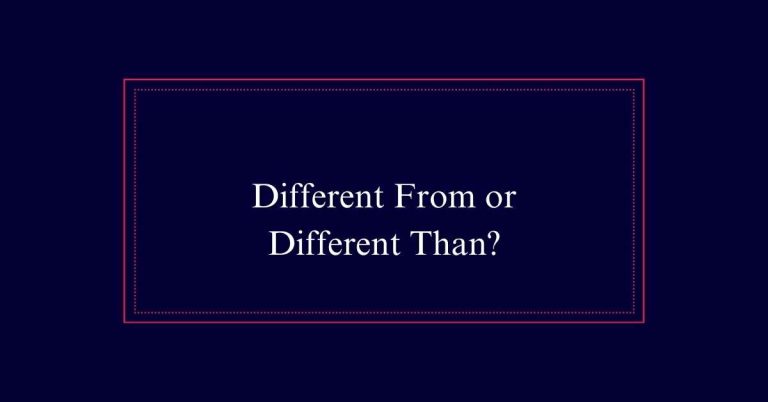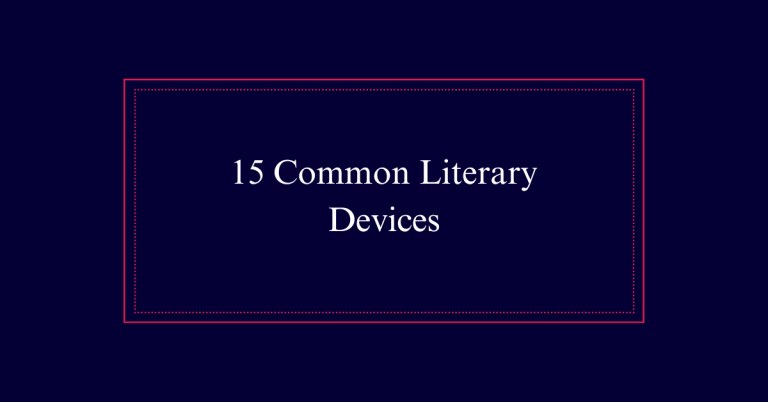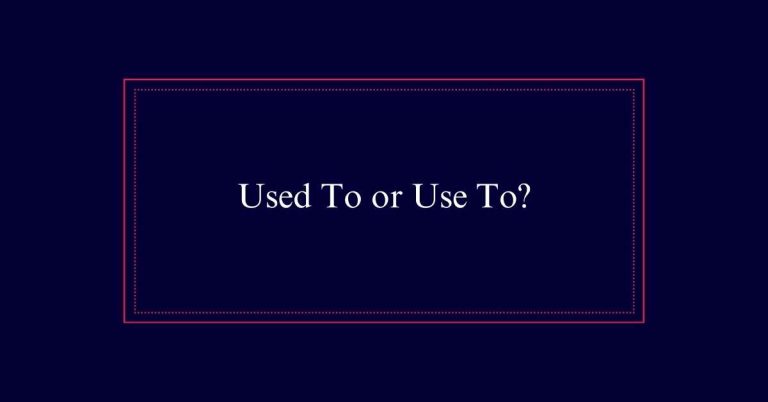Blond or Blonde?
The terms ‘blond’ and ‘blonde’ derive from French, traditionally distinguishing gender: ‘blond’ for males and ‘blonde’ for females. Modern usage is shifting towards ‘blond’ as a gender-neutral term, reflecting contemporary trends in language equality.
Both words are pronounced the same and can describe hair color, with ‘blond’ also used for inanimate objects with a light, golden hue. Stylistic preferences and cultural norms often guide the choice, offering flexibility in English.
Understanding ‘Blond’ Vs. ‘Blonde’
Understanding the distinction between ‘blond’ and ‘blonde’ is essential for accurate and respectful communication. In English, ‘blond’ typically refers to males and their hair color, while ‘blonde’ is used for females. This usage reflects the gender-specific terms from French, where the distinction originated.
However, these terms can cause confusion because the difference is not audible in spoken language. In some contexts, ‘blond’ may describe women and ‘blonde’ men, though this is less common. Additionally, ‘blond’ can describe inanimate objects, such as wood or beer.
Gender and Hair Color Terms
Building on the distinction between ‘blond’ and ‘blonde’, it is important to explore how these terms intersect with gender perceptions and language use.
Traditionally, ‘blond’ describes males and their hair color, while ‘blonde’ is used for females. This differentiation reflects historical gender norms embedded in language. However, modern perspectives challenge these conventions. Some prefer using ‘blond’ for all genders to avoid reinforcing gender biases. This shift aims to promote equality and simplicity in language use.
French Language Influence
The French language greatly influences the use of ‘blond’ and ‘blonde’ in English. In French, gender plays an important role in the form of adjectives. ‘Blond’ is used for males, while ‘blonde’ is used for females. This distinction was carried into English, creating a similar gender-specific usage.
Despite this, spoken English does not differentiate between the two due to identical pronunciation. The spelling, however, can reflect gender, especially in written contexts.
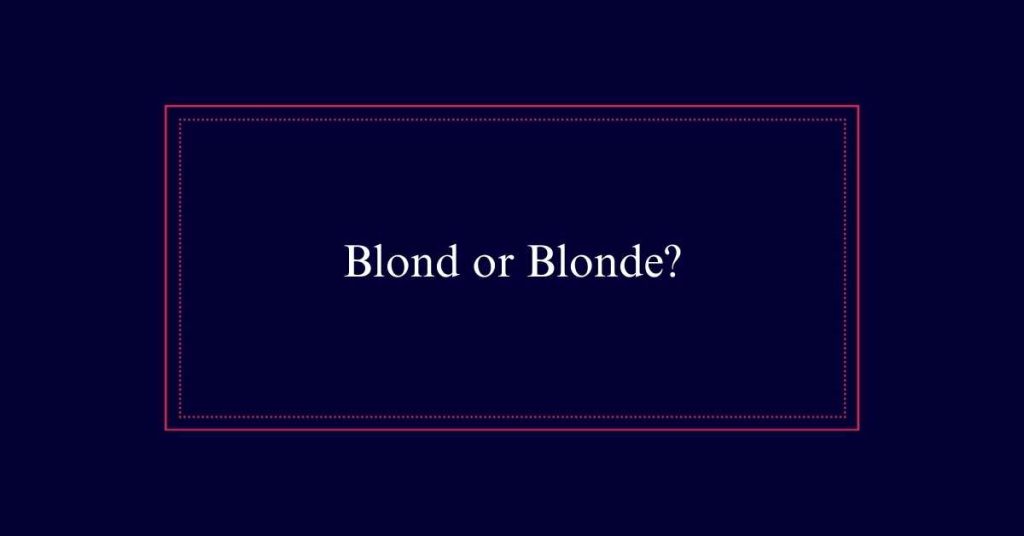
Over time, English speakers have adopted and adapted these terms, sometimes using ‘blond’ for both genders to avoid gender bias. The French influence remains evident but flexible, allowing for personal and stylistic preferences in modern English usage.
Literature Examples and Context
Many literary works reflect the nuanced use of ‘blond’ and ‘blonde’ to describe characters.
For instance, in F. Scott Fitzgerald’s ‘The Great Gatsby,’ Daisy Buchanan is described as having ‘bright, blonde hair,’ emphasizing her femininity.
Similarly, in J.K. Rowling’s ‘Harry Potter’ series, Draco Malfoy is characterized by his ‘pale blond hair,’ aligning with the male form.
Contextual cues often guide the choice between ‘blond’ and ‘blonde,’ enhancing character descriptions.
Authors like Jane Austen and Charles Dickens also subtly use these terms to align with societal norms and character attributes.
Describing Inanimate Objects
In English, ‘blond’ can also be used to describe inanimate objects, such as wood or beer. This usage extends beyond hair color to convey a light, golden hue.
For example, a type of wood might be referred to as ‘blond oak’ due to its light, yellowish tone. Similarly, ‘blond beer’ typically describes a pale ale with a light color.
Using ‘blond’ for objects helps create a vivid image. It provides a specific description that is easily understood.
While ‘blonde’ is commonly reserved for describing female hair, ‘blond’ is more flexible. This distinction is important for clarity in various contexts.
Avoiding Sexist Connotations
To avoid sexist connotations, many prefer using ‘blond’ for all genders. Historically, ‘blonde’ was used for females, while ‘blond’ described males. This distinction, rooted in French, can perpetuate gender biases.
Using ‘blond’ universally helps eliminate these biases, promoting gender-neutral language. It simplifies communication and avoids unnecessary gender-specific terms. Many style guides and modern writers recommend using ‘blond’ for everyone to foster inclusivity.
This approach aligns with broader efforts to use language that respects all individuals, regardless of gender. By adopting ‘blond’ as the standard term, we contribute to a more equitable linguistic practice. Thus, choosing ‘blond’ for all genders is both practical and progressive.
Pronunciation Similarities
Despite the push towards using ‘blond’ universally to avoid gender bias, it is important to note that the pronunciation of ‘blond’ and ‘blonde’ remains identical in spoken English. This similarity can lead to confusion when differentiating between the two words in conversation.
Here are three key points to keep in mind:
- Pronunciation: Both ‘blond’ and ‘blonde’ are pronounced /blɒnd/.
- Context: Only written context, not pronunciation, clarifies gender-specific usage.
- Consistency: Using ‘blond’ for both genders avoids misinterpretation in spoken language.
Gender-Specific Usage Trends
Gender-specific usage trends for ‘blond’ and ‘blonde’ have evolved over time, reflecting changes in societal attitudes towards language and gender. Traditionally, ‘blond’ was used for males, and ‘blonde’ for females. However, modern usage is shifting. Many now prefer ‘blond’ for both genders to avoid sexist connotations. This change aligns with a broader movement towards gender-neutral language.
Despite these trends, some still adhere to the traditional distinctions, especially in literary contexts. The spoken pronunciation remains unchanged, making this evolution primarily a written phenomenon.
Personal Interpretation and Choice
Personal preference plays a significant role in choosing between ‘blond’ and ‘blonde’ when describing hair color. While traditional usage distinguishes ‘blonde’ for women and ‘blond’ for men, many people now choose based on personal comfort and modern sensibilities.
Some prefer to use ‘blond’ universally to avoid gender distinctions, reflecting a shift towards inclusivity. Others may adhere to traditional forms, valuing linguistic precision. The choice often depends on context, audience, and individual belief systems.
Ultimately, there is no right or wrong choice, as both terms are widely understood and accepted. Personal interpretation allows for flexibility in language, accommodating evolving cultural norms and personal identities. The decision rests with the writer or speaker, ensuring language remains a personal and expressive tool

